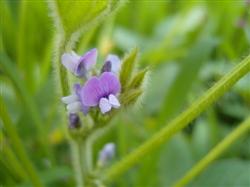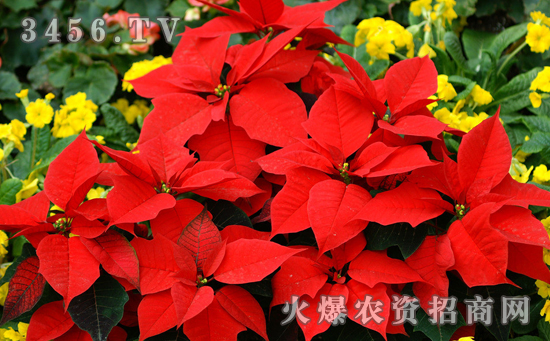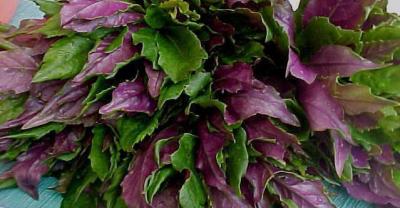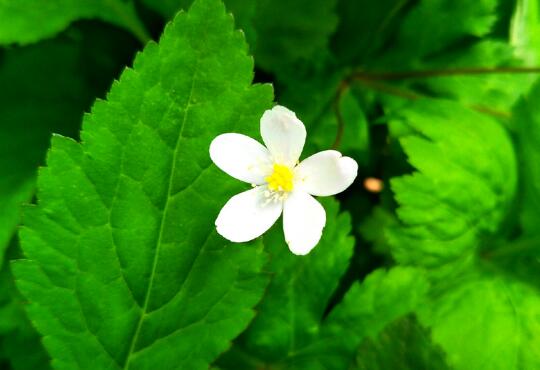Pythium Learn more about Pythium
-
How to treat turf Pythium wilt

Pythium wilt is common in all parts of the country and can infect all turfgrasses. Such as cold-season Kentucky bluegrass, Kentucky bluegrass and so on. Among them, cold-season turfgrass suffers the most, so how to treat turf Pythium wilt? 1. Pythium wilt of lawn
2020-11-08 Lawn Pythium wilt disease how cure in -
What kind of pesticide does Pythium belong to?

Pythium is a pesticide that can be used on many fruit trees, vegetables and flowers, but many people don't know what kind of agricultural medicine Pythium belongs to, so let's find out together! What kind of pesticide does Promethrin belong to? Pythium belongs to a new type of pesticide
2020-11-08 Pythium Li belongs to which class pesticide is a kind -
Tulip Pythium root rot

The disease can be caused by ultimate Pythium, abnormal female Pythium and intermediate Pythium, all of which are caused by oomycetes. The pathogen overwinters in the diseased bulbs, diseased roots and soil, and often spreads with the movement of the diseased soil. The soil temperature is high, the drainage is not timely after rain, and the moisture retention time is long. Symptoms: at the beginning of the disease, translucent water stains appeared in the roots, which caused browning of vascular bundles and root rot. After the bulb is infected, gray spots appear around the base of the bulb, and the edges are brown. In severe cases, the bulb is soft rotten, and diseased scales are planted.
2019-01-16 -
Control methods of Orchid Pythium and Phytophthora, introduction of Edible Fungi

Control methods of Orchid Pythium and Phytophthora
2019-06-03 -
Control methods of root rot of flowers and plants

Root rot of flowers and plants often occurs in four seasons begonia, African impatiens, petunia and other varieties. As root rot often occurs in summer, it is necessary to prevent flowers before the beginning of summer. The editor will introduce to you the etiology and control methods of flower root rot.
2018-07-02 -
Root rot of carnation

Identification points: Carnation root rot mainly harms the root system. The growth of the plant was weak after infection, there were few whisker roots on the diseased plant, and the leaves wilted. In severe cases, the roots all turn brown, rot, the root bark is easy to peel off, and the plants wither. Occurrence characteristics: the pathogen belongs to Pythium. The pathogen lives on plant residues in soil and is an important soil-borne fungus, which can harm a variety of plants and cause Pythium root rot. The disease is serious when the soil or matrix is slightly alkaline and the humidity is high. It is easy to put under the conditions of too dense, too much watering, poor ventilation and so on.
2019-01-16 -
Common diseases and control methods of lily

1. Symptoms of bulb and scale rot and stem disease caused by Fusarium: plants with rotten bulbs and scales grow very slowly and their leaves are light green. Underground, brown spots appear at the top of the scales, the sides or where the scales connect with the base plate, these spots gradually begin to rot, and if the base plate stem is infected, then the whole scale ball will rot. The disease in stem and leaf caused by Fusarium is a disease infecting the aboveground part. The distinguishing mark is that the basal leaves turn yellow in adolescence, and the yellowed leaves turn brown and fall off. On the stem
2019-01-16 -
How to prevent seedling damping-off disease?

Seedling damping-off disease occurs widely in China. It mainly damages all kinds of seedlings and flowers, and can lead to seedling death. So how to prevent seedling damping-off disease? 1. Symptoms and causes of seedling damping-off disease 1. Symptom seeds or buds are not unearthed
2020-11-09 how to control seedling young damping-off disease -
Safe use technology of pesticides in the production of high-oil soybean

Although soybeans can fix free nitrogen in the atmosphere by nodules, this accounts for only 30% to 50% of their needs, and the rest needs soil supply. Therefore, topdressing nitrogen fertilizer to soybean can strengthen stalk and branch, expand leaf area, enhance photosynthesis and improve stress resistance. Plots with poor soil fertility should be chased at the seedling stage.
2018-07-24 -
What are the diseases and insect pests of poinsettia? How to prevent and cure?

Poinsettia common diseases are Pythium, Botrytis cinerea, powdery mildew, Rhizoctonia, common pests are whitefly, thrips, spiders (mites), fungal mosquitoes. (1) the prevention and control of Pythium. Keep the basin soil moist to avoid drying, overwatering and high salinity; check the roots regularly if the basin soil dries
2019-03-05 -
The latest common diseases and insect pests of lilies and their control measures

The lily is a kind of beautiful flower, which can be seen from its name, and the color of the lily is pure white and very pure. Many people like to plant potted plants at home. In the process of cultivation, some novices will
2020-11-10 The latest lilies common diseases and insect pests and control measures -
Instructions on the use of pesticides to control common diseases and insect pests in 12 kinds of vegetables

Biological prevention of downy blight diseases (downy mildew, late blight, white rust, Phytophthora root rot, etc.): Pythium olivum / Trichoderma / Bacillus licheniformis / berberine +.
2019-02-27 -
How to grow lily bulbs?

How to grow lily bulbs?
2018-07-06 -
Control of diseases and insect pests in broccoli

Broccoli is a 2012 herb, originated in the eastern Mediterranean coastal area, a small amount of cultivation in China, mainly for Western food use. Broccoli is rich in nutrients, including protein, sugar, fat, vitamins and carotene, ranking first among similar vegetables.
2020-11-08 West orchid pest control western for one or two years -
Common diseases and insect pests of anemone and their control, drug control is effective.

Plant diseases and insect pests are the most unwanted problems in the process of plant growth, and anemone is no exception. This kind of problem is very harmful to the plant, which will not only affect its ornamental, but also lead to the phenomenon of plant withering and death. About the common diseases and insect pests of anemone and how to control them
2018-12-09 -
Learn to grow geraniums from me (part 2)

Moisture. Pelargonium is not resistant to water and humidity, and requires good ventilation of the cultivation medium, otherwise the proportion of rhizomes is easy to be out of balance; excessive water is easy to cause root rot (Pythium rootrot) and gray mold (Botrytis) caused by fungi (Pythium); but the cultivation medium should not be too dry. Because this will cause salt accumulation around the roots and cause burning, when the medium is too dry, the lower leaves of the plant often turn red to yellow. Pelargonium stems and leaves with pilose, fertilization, watering should avoid contaminated with fertilizer water,
2019-01-16 -
Diseases of rich trees: what are the common diseases of rich trees? What if the leaves of the rich tree turn yellow?

(1) main symptoms of root (stem) rot ①: this is a common disease that seriously damages rich trees, also known as rot. It is the most common disease of rich trees. When the disease is mild, the leaves turn yellow, and when heavy, the whole plant dies. The disease mainly occurs in the trunk of the wealth tree. At the initial stage of the disease, the disease showed watery brown spots.
2019-03-03 -
How to plant the latest lily bulbs?

Lily, also known as Qiangli, Ilein, Shandan, Fengxian, etc., is a perennial herbaceous bulbous plant of Liliaceae, native to China, mainly distributed in the temperate regions of eastern Asia, Europe, North America and other temperate regions of the Northern Hemisphere, with elegant flowers and beautiful leaves. Stem pavilion
2020-11-10 The latest lily planting ball how planting nickname Qiangyi -
Mycosis-- black rot of orchid

Mycosis-- black rot of orchid
2018-05-05 -
Black stem rot of geranium

Pelargonium black stem rot is a disease that occurs in the stem of pelargonium, which causes the stem of the plant to rot, so that the whole plant wilts and dies. Symptoms: the disease occurs on both cuttings and adult plants. The susceptible cuttings began to rot from the base of the stem, and gradually developed upward, resulting in death. After the onset of the adult plant, the diseased part became black, rotted, gradually developed upward, and finally the leaves fell off. when the disease was serious, the diseased part cut the stem around, resulting in the death of the plant. Pathogen: the pathogen is Pythiumsplendens
2019-01-16
